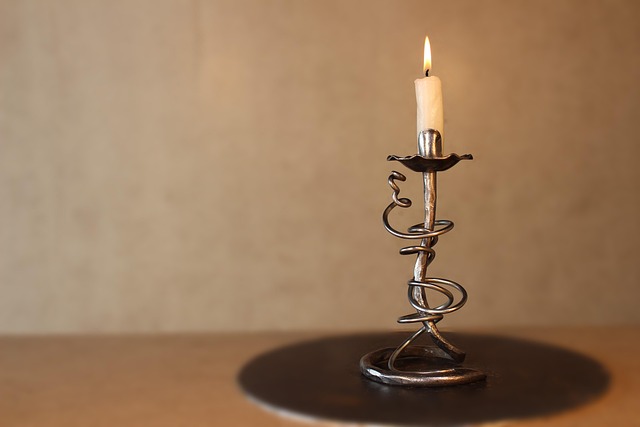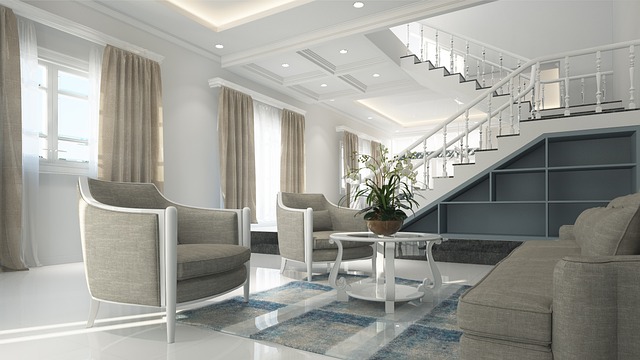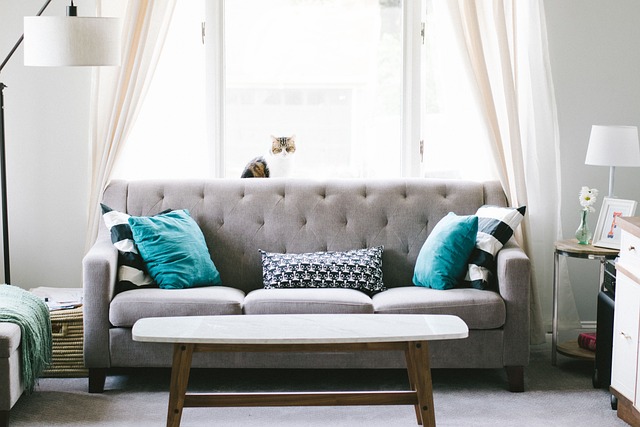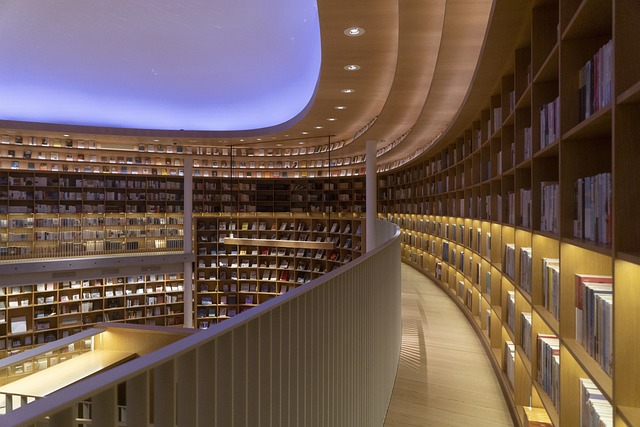Crafting Beauty: The Art of Forging in Modern Design
In the world of Applied Arts, the dynamic interplay between traditional techniques and modern design philosophies gives birth to remarkable forms of creativity. One such technique that stands out in this narrative is forging. This ancient method of shaping metal through heating and hammering not only serves utilitarian purposes but also embodies an exquisite art form in contemporary design.
Forging, often associated with blacksmiths of yore, has evolved into a significant aspect of modern artistry. It brings with it a tactile quality that resonates with the human experience; the feel of hot metal transforming under the striking of a hammer captures the essence of what it means to create. As artists and designers dig deep into materials, they discover not just a medium to work with but a canvas where nature’s raw elements can express their full potential.
The process of forging melds art and design in a way that highlights both the aesthetic and functional aspects of each piece. Metal, when forged, gains character. Every curve, groove, and polish tells a story, reflecting the skill and intention of the artist. This imperfection in the finish often becomes the allure. It re-emphasizes the human touch, an essential aspect in a world increasingly dominated by digital fabrication and machine-made uniformity.
Designers today are taking inspiration from the bold lines and dramatic shapes created by forged materials. From elegant furniture pieces that boast forged metal frames to intricate jewelry that celebrates the beauty of handworked craftsmanship, the applications are vast. Within these designs lies a celebration of the process itself—showcasing how heat and force can transform lifeless material into something striking and beautiful.
Moreover, the resurgence of interest in artisanal crafts has led to a renewed appreciation for the traditional skills that underpin modern design. Many contemporary artists are now merging new technology with the age-old practice of forging, exploring innovative ways to bring fresh perspectives into their work. The juxtaposition of old and new allows for a deeper exploration of aesthetic potentials, engaging audiences in a dialogue about the evolution of design.
At its core, forging in modern design is not just about creating something beautiful or functional; it’s about expressing humanity’s connection to the material world. As artists wield tools that have been used for centuries, they invite us to reflect upon the enduring nature of craftsmanship and the stories that crafted objects carry with them. This dichotomy of history and modernity in design ensures that as we forge ahead into an uncertain future, we carry with us a rich heritage that informs and inspires.
In blending forging with contemporary design, artists continue to expand the boundaries of what is possible in the world of Applied Arts. Each piece they create is a testament to the beauty of transformation, demonstrating that artistry is as much about the journey as it is the destination. As we celebrate this union of skill and creativity, we affirm the importance of preserving traditional crafts while embracing modern innovation, ultimately enriching our lives and surroundings.




